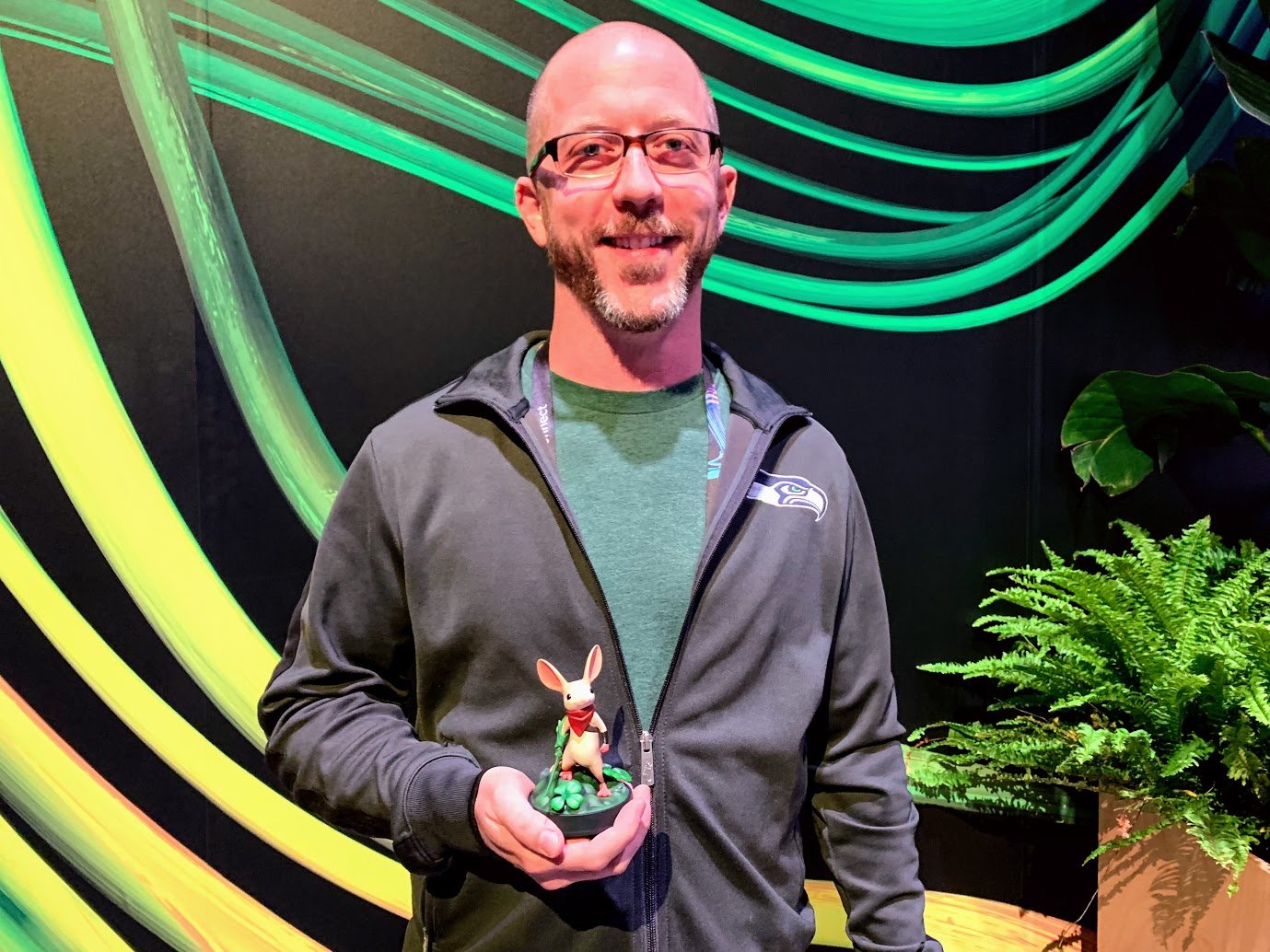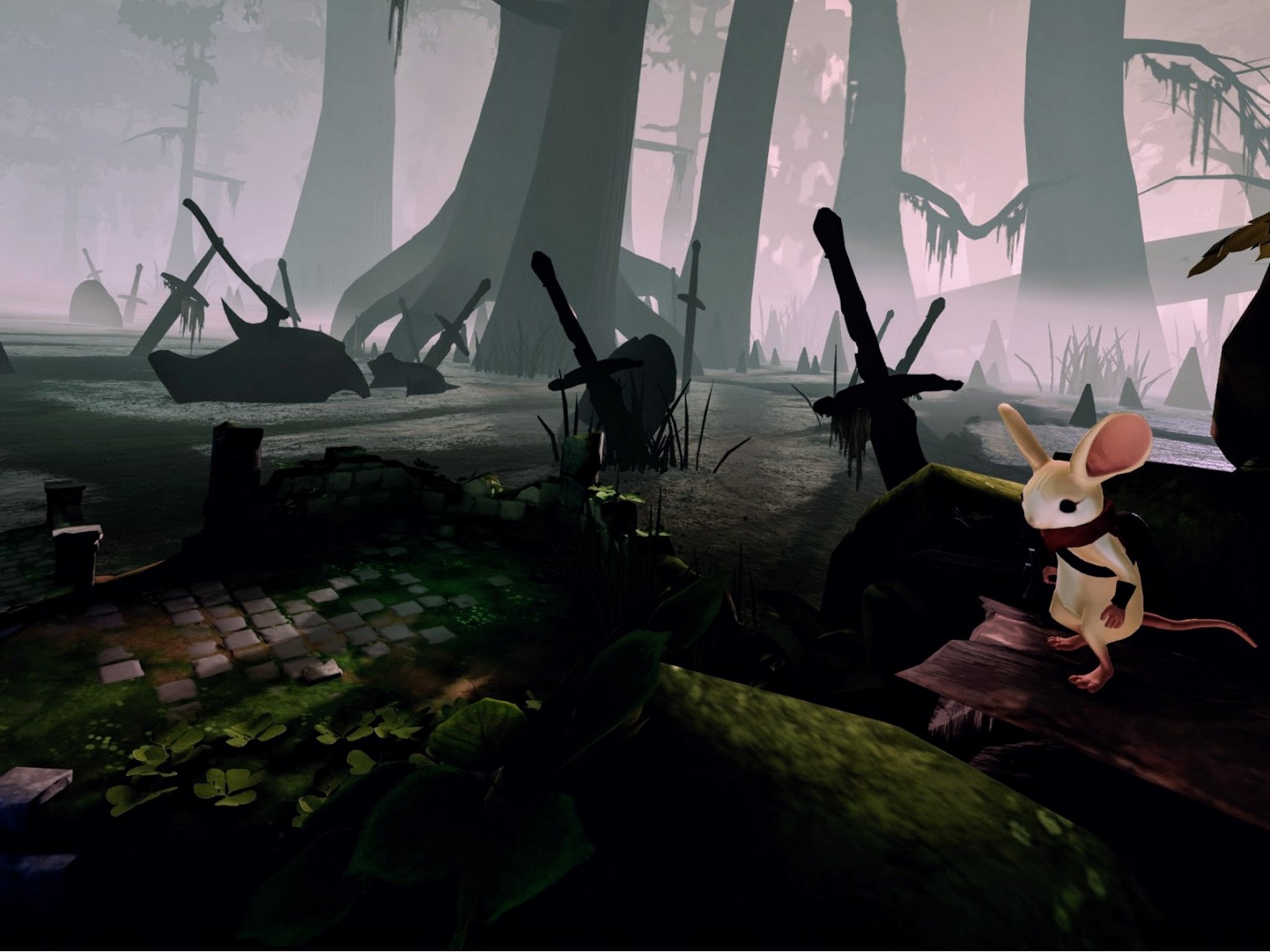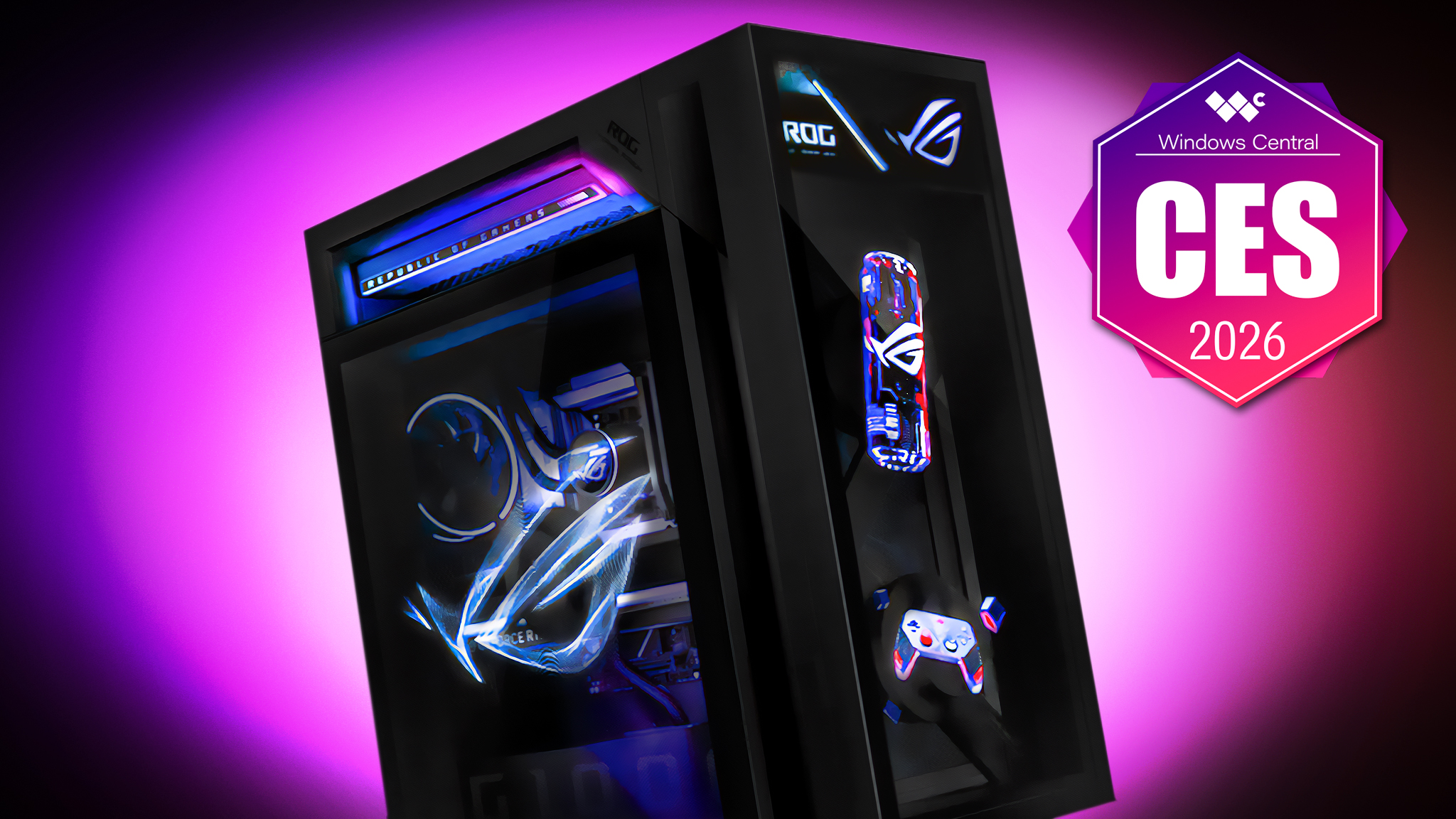Polyarc CEO Tam Armstrong on Oculus Quest and Moss Book Two (Q&A)
This bold new VR headset is going to have some familiar experiences.

One of the many ways Oculus is getting people excited about its new Quest headset is demonstrating how a number of high-quality games on Rift will be available as launch titles when Quest is available this Spring. This is an important message, not only because it helps demonstrate the level of quality Oculus is dedicated to with this new headset, but also because it means existing developers are excited about the new platform.
To learn more about the development process for this headset, I sat down with Tam Armstrong, CEO of Polyarc Games. This team is responsible for Moss, an emotional and exciting VR adventure you can play on nearly every VR headset available today and one of the launch titles for Oculus Quest.
Russell Holly, Mobile Nations editor: You were actually part of the narrative and lore design in Moss. Can you start by talking about the overall world Moss is set in? It's pretty clear something big happened that we don't hear about in the core story.
Tam Armstrong: Something did happen! To the inhabitants of the world, their understanding is there was a race of giants that used to occupy the land they now occupy. That's what leaves behind the artifacts like the swords in the swamp and the statues on the beach. In fact, if you closely you might have noticed the foundation for the castle you're approaching at the end is built on the foundation of much larger stones. One could surmise that it used to be a tower of some kind for the previous individuals that lived there.
So those beings are totally gone now?
As far as the inhabitants know, that's correct. They are creatures of lore, no one alive today that you interact with has seen them.
Talk to me a little about building this game. How long did it take for you to go from the initial idea to a shipping?
All the latest news, reviews, and guides for Windows and Xbox diehards.
We started out by coming up with our design constraints. We knew we wanted a game with a reachable space and a character that was the appropriate size to navigate that space. We started that way and themed it from there. Once we had those constraints and that theme it ended up being these small animals that we built a world around. At the time, we were open to discussions about these creatures being aliens or robots or toys or anything, but the theme we chose really resonated with us.
The prototype we built from that starting point took about three months, which was a version of Moss that is very similar to the one you have played mechanically speaking. At the time, Quill couldn't jump or climb, and there was only one enemy. But there were puzzles, there was combat, there was exploration, there were storytelling elements. The book was in the original prototype. That was fully playable and barely textured and kind of ad-hoc sound designed.
We started working on some other things that we haven't announced yet while working on these parts, but the full production of the game took around 14 months.

Your development process for VR headset support has been in a chain, supporting one headset and then adding another and another until we get to today. Have you found any one headset has been easier to support?
Each one has differences, and had its own unique features and advantages we've had to address. I couldn't say any one has been distinctly better or worse, but the important thing for us was not trying to do them all simultaneously. As a small studio with a limited engineering and design staff, there's a cost every time you want to move over to the next headset and do it justice. That was very important to us, that we treated all of the platforms with equal respect and treated all of the players on those platforms with equal respect. We didn't want to slap anything together.
For example, shipping on PSVR first allowed us to focus on thumbstick controls and getting the game really performant so it could run well on the original PlayStation 4 and run even better on the Pro. The three months in between that launch and the PC launch we were working on it the entire time to make sure the touchpad version for the Vive controllers worked really well and everything worked well on Rift. We liked working on them all but were happy to space them out because of the work that each required.
And you're going to be a launch game for Oculus Quest!
Yes! We're very excited about it because it has great controllers and a great form factor with being untethered. We think that experience where you can really get into the game and enjoy it will be nice and streamlined. Hopefully it will be a nice streamlined experience getting into Moss, and people will enjoy playing it.

Up to the official announcement, how much time have you had with the Quest headset?
We have a few Dev kits in the office already, where there are demos running and test builds. We've made progress on getting Moss ready for Quest, but don't yet have a fully playable version. That's in progress still.
In John Carmack's keynote, he talked a bit about the performance limitations of Quest. Where Oculus as a company is promising "Rift quality" experiences, Carmack's thoughts were a lot more subdued. Do you forsee Moss needing to make any significant compromises to run on Quest?
I think we'll make adjustments, but Moss was purposefully designed to be highly constrained. The way the camera works, the way the lighting works, we feel like there's going to be work to do of course, like there was moving to any of the other platforms, but it's nothing that we're extremely concerned about. We're much more excited about having that portable six degrees of freedom, which is very motivating.
I have to ask - is there more story coming? Can we expect a Book Two?
Oh I sure hope so. We tried hard when doing the world building to make sure there was a history with layers, the giants that existed and the characters of Quill's story. There's significance to the library and the books within it which tell the story of that world. We set it all up that way because we knew we wanted to have room to breathe and room to tell a bigger story of Quill's larger journey.
Moss Book One is, in all the good ways, just the beginning. It was just the story of her going from being a kid to realizing that she needed to be a hero. What she does from that point forward is the subject of the entire rest of it, which should dwarf this part. So yeah, we have a lot more room and we're excited to tell the rest of this story.

Russell is a tech nerd who chases the best of everything, from phones to game consoles to laptops and everything glowing or beeping. He's the Former Managing Editor of gaming content for Mobile Nations and can be found contributing to all of the Mobile Nations sites. Reach out on Twitter!
